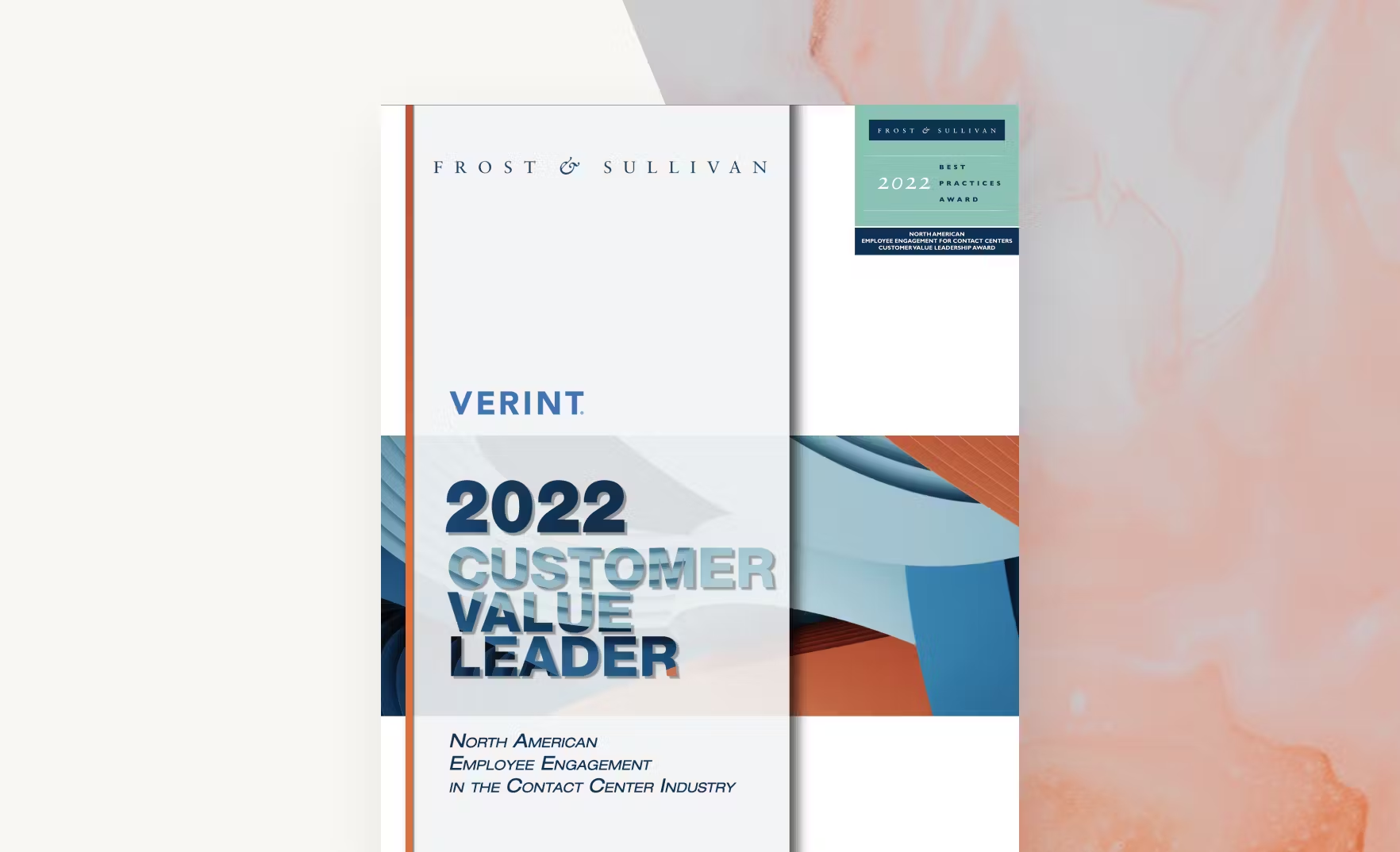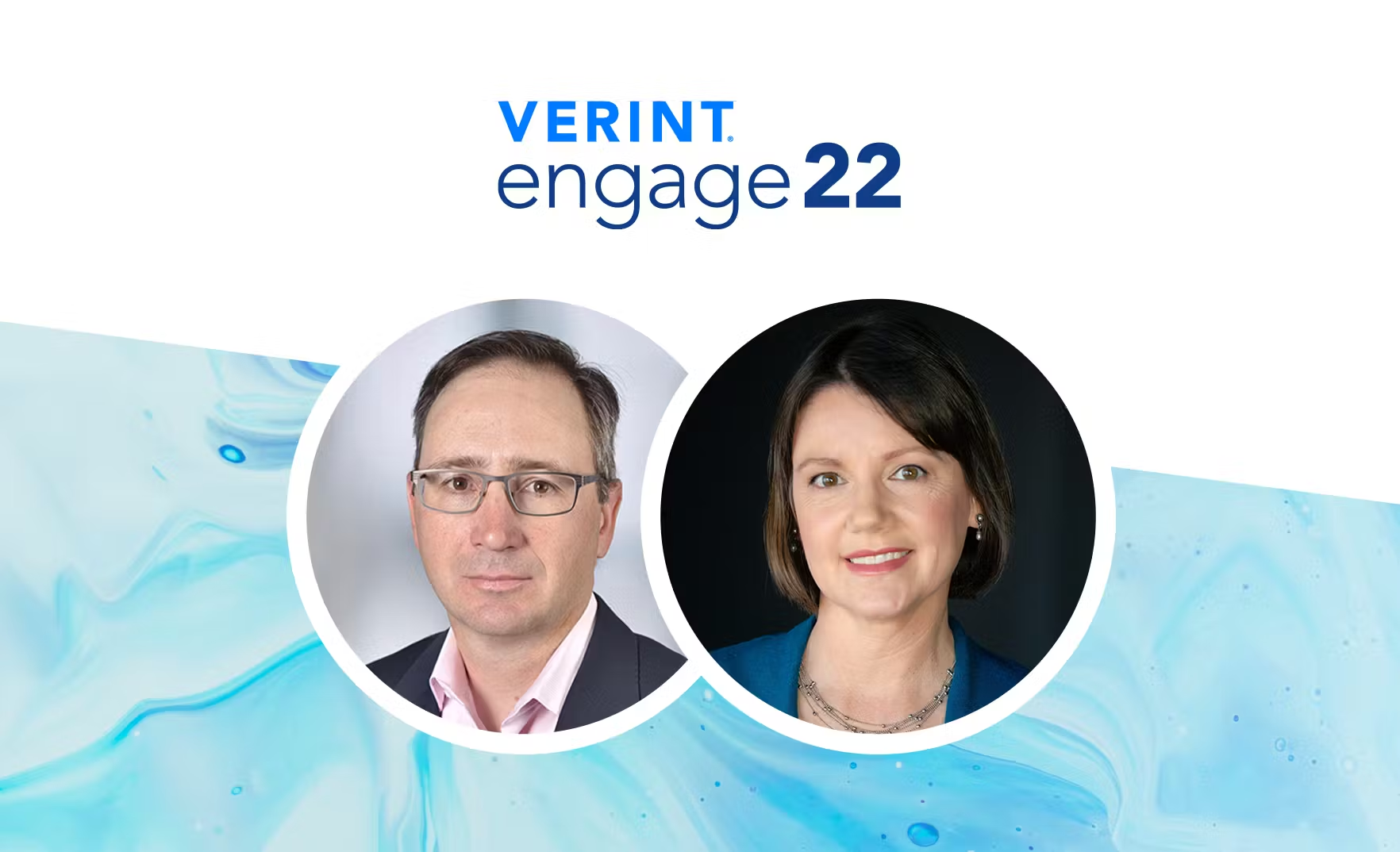
Does Your Approach to CX “Add Up”?


Anyone who knows me, knows that I have a fraught relationship with math, and I avoid it at all costs! However, there is one equation that I have recently come to truly appreciate, as it is a great way to express a key concern in today’s marketplace—the relationship between the need to deliver exceptional customer experiences while also needing to keep a tight rein on costs. We call it “The CX-Cost Equation.”
Even as many organizations are still recovering from the challenges of the last three years, today’s recession fears are adding further complications as concerns about budgets, hiring plans, employee retention, etc. are adding pressure.
So, even as corporate belt-tightening and significant layoffs are happening across many industries, the need to meet customer expectations (which doesn’t go down just because the economy is soft) continues. And, when these expectations aren’t met, customers are often more than willing to jump to one of your competitors.
Clearly, organizations are finding themselves squeezed in the middle.
Beyond the Engagement Capacity Gap
You’ve most likely heard about “The Engagement Capacity Gap” (ECG) — the gap caused by the exploding volume of customer interactions and communication channels and the resources available to meet this increasing customer demand. And, for the third year, Verint has published an in-depth look at this topic with the release of “Closing the Engagement Capacity Gap: Which Organizations Are Best Prepared for Solving the CX-Cost Equation?”
According to the report, it was clear that the gap was actually widening for quite a number of companies as they continue to struggle to return to “normal.” However, it was also evident that many of the companies surveyed have been able to turn things around by focusing on—and investing in—improving experiences for their customers.
These improvements included focusing on the use of digital channels, along with customer engagement and talent management. However, the looming threat of budget cuts, hiring freezes, and even layoffs is making this a significant challenge.
The CX Cost Equation Challenge
If the Engagement Capacity Gap is the “what”—defining the problem companies are grappling with today—the CX Cost Equation is the “how”—how to go about solving the ECG problem. Throwing money at a problem is certainly one way of dealing with it, but it’s neither practical nor sustainable in the long run—especially now with many companies are keeping an eye on every dollar as they struggle to control costs.
Remember how I said I don’t have a good relationship with math? Well, the nice thing about the CX Cost Equation is that there are multiple ways it can be used to “solve” the Engagement Capacity Gap—and our new ECG study features some specific solutions and approaches being used by Verint customers.
Winning Strategies
Given all the challenges in today’s world, it’s somewhat surprising (and encouraging) to see the high percentage of study respondents that say they are confident in their ability to provide great customer experiences. There are a number of things all these respondents had in common.
First is the recognition that digital-first engagement and automation really are the gold standard when it comes to improving CX. Given the proliferation of digital channels, and their popularity with customers over the last few years, meeting customers where they are—on the digital channels of their choice—has been and will continue to be a proven winning strategy.
Automating these digital engagements, with bots complementing, and or even replacing agent involvement, can be key to reducing cost and increasing efficiency. To reduce the Engagement Capacity Gap while focusing on the CX Cost Equation, you want to concentrate on building a strong hybrid workforce that can share tasks—automating wherever possible—and freeing up your valuable human resources to handle the more complex (and often revenue-generating) tasks.
You want to take a platform approach, with AI and automation at its core, to optimize this hybrid workforce. This platform must include best of breed capabilities to manage, analyze, and improve your customer engagements—while accelerating efficiency and helping to keep your costs in check.
Taming the Cost of Staffing Issues
Another key to solving the CX Cost Equation is maintaining a focus on hiring and retaining the right employees and keeping them engaged. However, more and more in recent years, this has posed a significant challenge. We already talked a bit about how automating interactions with bots can take some of the load off agents—however, the issues go beyond managing schedules and workload.
The rise of remote work has also surfaced a new set of challenges particularly in terms of knowledge management and agent support. Unlike the “old days” where managers, or even other agents, were available in-person when questions arose, today’s remote workers need to have tools readily available to give them the information and coaching they need to quickly address customer issues.
Hiring agents is expensive both around time and cost. Automating parts of the hiring process can reduce both. But, beyond hiring new staff (which may not be feasible as companies face reductions and hiring freezes), attention must be paid to retaining your best agents which, after all, saves both time and money in the long run.
Staffing shortages and labor challenges were cited by approximately half of the ECG study respondents. Even managers who indicated that they were confident in their ability to provide great CX reported that they struggled with interviewing, hiring, retaining, training, and coaching.
Perhaps not surprisingly, those who said they are not confident in their ability to provide great experiences to their customers also seemed to be placing less emphasis on talent issues.
Making It All Add Up
Unfortunately, there’s no indication that the Engagement Capacity Gap will truly disappear any time soon. But, armed with the latest insights in this year’s ECG report and a new view toward the importance of focusing on the CX Cost Equation, you can begin exploring the solutions out there that can give you the biggest returns on your investment.
Solutions for intelligent interviewing, quality and compliance, workforce management, and real-time coaching are some of the areas you can invest in to alleviate some of the struggle — improve CX, bridge the Engagement Capacity Gap, and ultimately, have a positive result in solving the CX Cost Equation for your organization.

